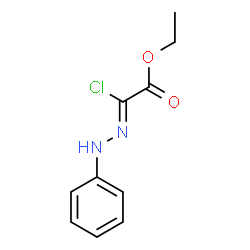Process design and economic analysis of a hypothetical bioethanol production plant using carob pod as feedstock.
S Sánchez-Segado, L J Lozano, A P de Los Ríos, F J Hernández-Fernández, C Godínez, D Juan
Index: Bioresour. Technol. 104 , 324-8, (2012)
Full Text: HTML
Abstract
A process for the production of ethanol from carob (Ceratonia siliqua) pods was designed and an economic analysis was carried out for a hypothetical plant. The plant was assumed to perform an aqueous extraction of sugars from the pods followed by fermentation and distillation to produce ethanol. The total fixed capital investment for a base case process with a capacity to transform 68,000 t/year carob pod was calculated as 39.61 millon euros (€) with a minimum bioethanol production cost of 0.51 €/L and an internal rate of return of 7%. The plant was found to be profitable at carob pod prices lower than 0.188 €/kg. An increase in the transformation capacity of the plant from 33,880 to 135,450 t/year was calculated to result in an increase in the internal rate of return from 5.50% to 13.61%. The obtained results show that carob pod is a promising alternative source for bioethanol production.Copyright © 2011 Elsevier Ltd. All rights reserved.
Related Compounds
| Structure | Name/CAS No. | Molecular Formula | Articles |
|---|---|---|---|
 |
Locust bean gum
CAS:9000-40-2 |
C10H11ClN2O2 |
|
Determination of D-pinitol in carob syrup.
2011-09-01 [Int. J. Food Sci. Nutr. 62(6) , 572-6, (2011)] |
|
Purification and characterization of Aspergillus terreus α-g...
2011-08-01 [Appl. Biochem. Biotechnol. 164(7) , 1111-25, (2011)] |
|
Efficacy of the combined application of chitosan and Locust ...
2014-01-17 [Int. J. Food Microbiol. 170 , 21-8, (2014)] |
|
Expression of Trichoderma reesei β-mannanase in tobacco chlo...
2011-01-01 [PLoS ONE 6(12) , e29302, (2011)] |
|
Influence of a family 29 carbohydrate binding module on the ...
2016-02-01 [Biochim. Biophys. Acta 1860 , 354-62, (2015)] |